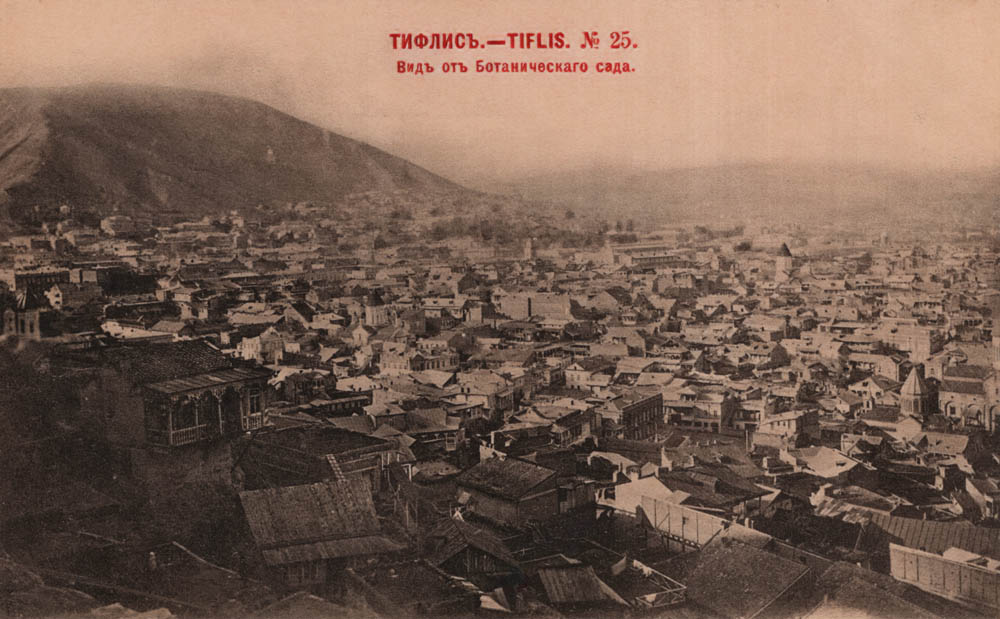The Tbilisi Botanical Garden is located in the picturesque gorge of the Tsavkisisckali River. Its history spans several centuries.
The earliest references to the garden date back to the late XVII century, when this area was home to the garden of the Persian governors—the “saray garden” (“saray” in Persian means “palace”).
In the XVII century the French traveler Jean Chardin (1643–1713) spent several months in Tbilisi and wrote about the beautiful royal gardens with fruit trees laid out behind the walls of the medieval Narikala fortress.
He noted that they were carefully tended by Queen Mariam, the wife of George XII (1746–1803), the last king of Kartli-Kakheti.
In the early XIX century, the territory was transferred to the Academy of Sciences and, in 1845, was transformed into a Botanical Garden.
The garden grew significantly under the direction of the noted German botanist Heinrich Karl Werner Scharrer (1828–1906).
In addition to managing the Tbilisi Botanical Garden, he coordinated the work of all botanical gardens of the Caucasus and oversaw the exchange of seeds and herbarium specimens with more than 70 major botanical gardens.
A special place in the formation of the garden as a unique scientific center undoubtedly belongs to Yakov Sergeevich Medvedev (1848–1923).
After he was appointed director of the Tbilisi Botanical Garden in 1883, the journal Proceedings of the Tiflis Botanical Garden began to be published, featuring scientific research, as well as catalogues of plants, seeds, and bulbs.
He also initiated meteorological studies related to the acclimatization of exotic plants.
